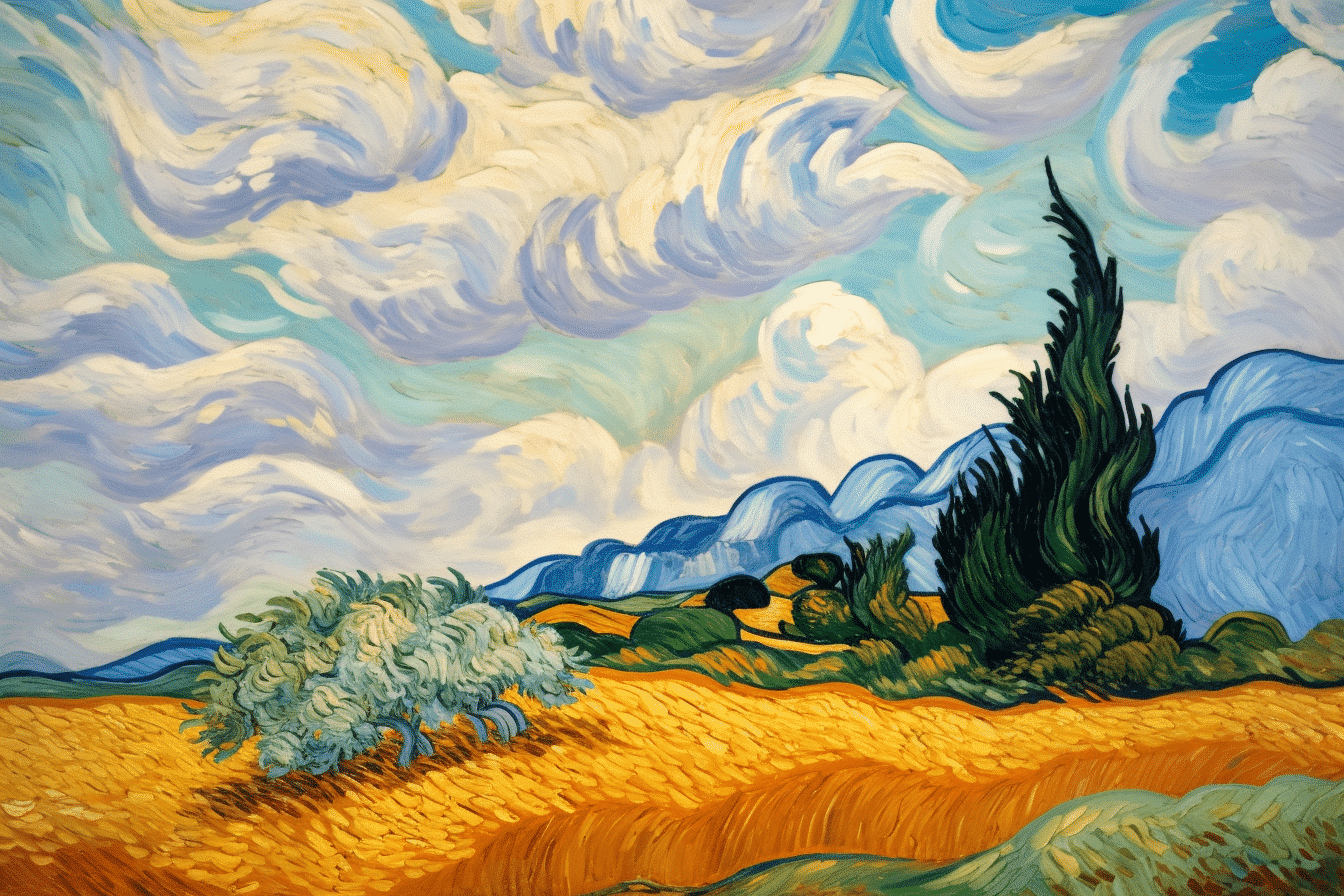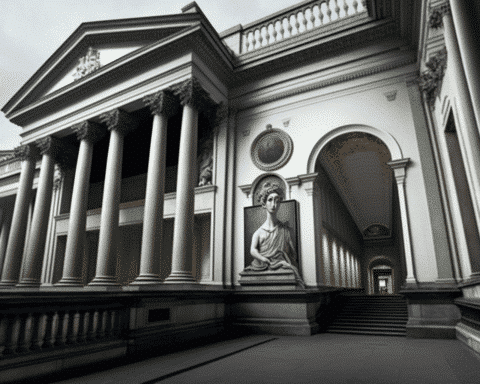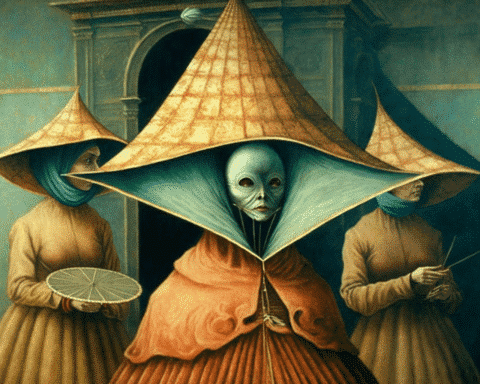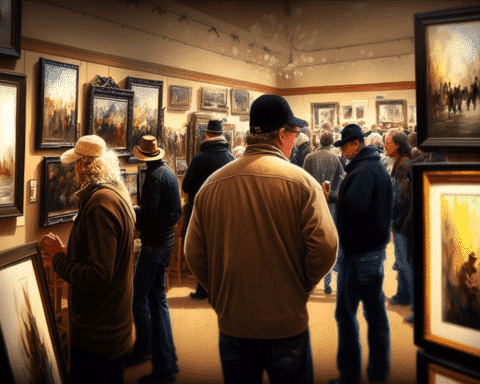Previously confiscated by Nazis, it was restored to the Rothschild family after World War II
Set to be featured at Sotheby’s in New York on May 16, “Garden in front of the Debray Farm” (July-August 1887) is estimated to sell between $20 and $30 million. The painting, crafted just a short walk away from the apartment Vincent Van Gogh shared with his brother Theo in Montmartre, centers around numerous towering sunflower plants.
It wasn’t until a year later in Provence that Van Gogh would paint his renowned Sunflower still lifes. The Sotheby’s painting sets its scene in the garden of the Debray family’s 18th-century farmhouse, once owners of the windmills at Montmartre’s peak. Although the mills were converted into an entertainment hub, the Moulin de la Galette, by Van Gogh’s era, the artist’s depiction presents the garden as a quaint country escape.
An 1887 photograph showcases the farmhouse atop the hill, with Paris sprawling out beneath it. The barren backyard in the photo, taken the same year as the painting, indicates Van Gogh’s significant creative liberty in turning it into a bucolic tableau. There’s no evidence of towering sunflowers in the photo, though it may have been captured outside their blooming season.
In 1937, Miriam Alexandrine de Rothschild (1884-1965), an esteemed art collector and member of the French Jewish banking dynasty, purchased “Garden in front of the Debray Farm.” Before the outbreak of World War II, she stored the Van Gogh, along with other artworks, in a Parisian bank’s safe, before fleeing to Switzerland.
Following Germany’s occupation of France in December 1941, the painting was confiscated by the Nazis from the bank vault and shipped to Berlin for Hermann Göring, Hitler’s deputy. Göring used Van Gogh and 24 other looted artworks in trade for a Rembrandt and two rugs.
The painting was then sent to Galerie Fischer in Lucerne, seemingly using diplomatic channels to bypass customs restrictions. In April 1942, Theodore Fischer sold “Garden in Front of the Debray Farm” to Swiss arms producer and collector Emil Bührle.
Post-war, de Rothschild legally pursued the painting’s return. In 1948, Swiss courts instructed Bührle to give the artwork back to her. Later, it was passed on to her sister-in-law Lucy Spiegl, who sold it in 1965. It’s important to note that “Garden in front of the Debray Farm” was duly returned, thus, there are no outstanding concerns regarding its Nazi-era looting.
De Rothschild also owned another significant Van Gogh piece, a watercolour of “Wheatstacks” (June 1888), which the Nazis seized too, but its post-war journey differed, as it wasn’t returned to her. Christie’s recently facilitated a complex transaction involving the heirs of de Rothschild and another previous Jewish owner, Max Meirowsky, along with the heirs of Edwin Cox. This led to the 2021 sale of “Wheatstacks,” which brought in $35.9m. Her third Van Gogh, “Harvest in Provence” (June 1888), stayed in her possession and was eventually donated to the Israel Museum in Jerusalem.
By the early 1990s, Sotheby’s “Garden in front of the Debray Farm” was in the hands of Japanese paper manufacturer and collector Ryoei Saito, who passed away in 1996. Saito is most famous for paying the record-breaking sum of $82.5m for Van Gogh’s “Portrait of Dr. Gachet” (June 1890) at an auction in 1990. Although Saito once declared his wish to have the portrait burned with him after his death, this request wasn’t fulfilled. “Portrait of Dr. Gachet” has since vanished into an undisclosed private collection.
A key attraction for potential buyers at the Sotheby’s auction of “Garden in front of the Debray Farm” on May 16 will be its vibrant colour scheme, demonstrating the impressionist influence on Van Gogh’s work. The vivid yellows in the foreground are a precursor to his lively pieces crafted in Provence, where he relocated just six months after painting this Montmartre scene.
This upcoming Sotheby’s auction offers art connoisseurs and Van Gogh enthusiasts a unique opportunity to own a piece of art history. As “Garden in front of the Debray Farm” goes under the hammer, its rich colour palette and historical significance are set to captivate bidders. This painting not only provides a glimpse into Van Gogh’s creative journey but also carries an intriguing backstory of wartime confiscation and rightful restitution. It stands as a testament to the enduring value and cultural significance of art, transcending time and historical upheavals.




